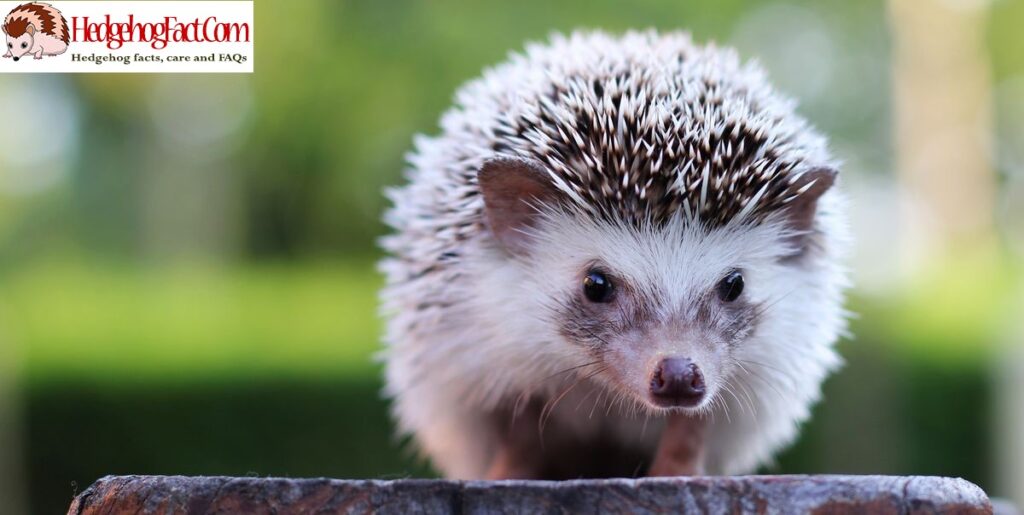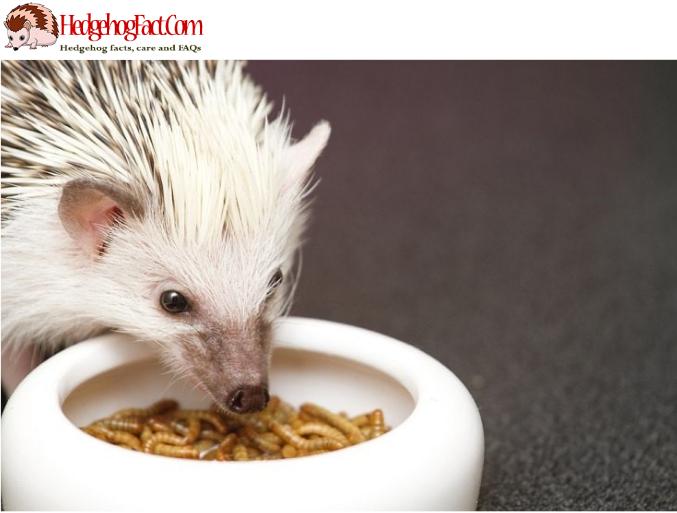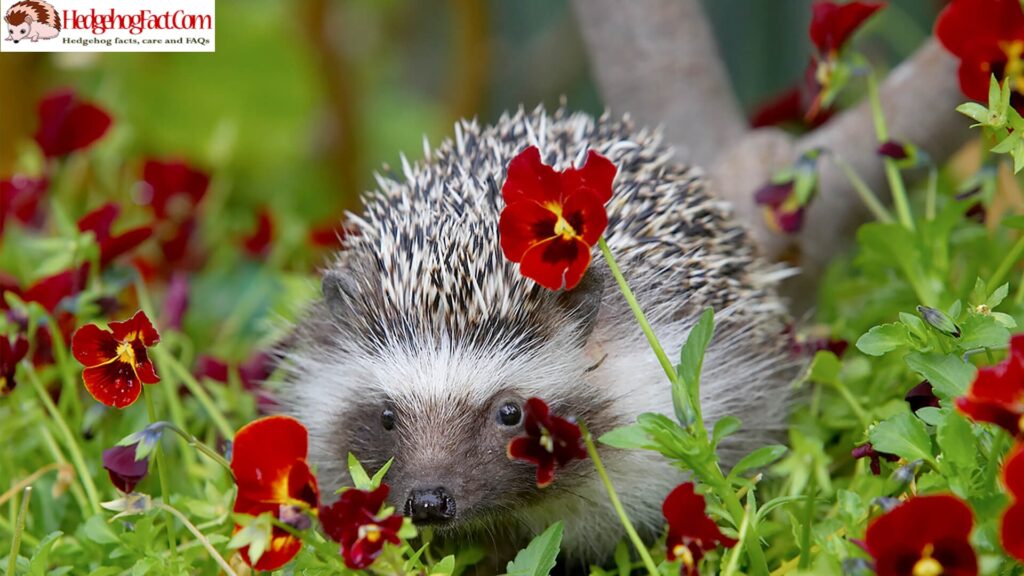If you’re a fan of adorable creatures, it’s hard to resist the charm of hedgehogs. These small mammals are known for their prickly spines and unique foraging habits. But these creatures are more than meets the eye. In this article, we’ll explore everything you need to know Hedgehog Facts: Everything You Need to Know, from their scientific classification to their diet and habitat.
Scientific Classification
The scientific classification of the hedgehog is as follows:
Kingdom: Animalia (animals) Phylum: Chordata (vertebrates) Class: Mammalia (mammals) Order: Eulipotyphla (insectivores) Family: Erinaceidae (hedgehogs) Genus: Erinaceus (Eurasian hedgehogs) Species: Erinaceus europaeus (European hedgehog)
There are other species of hedgehogs as well, but the above classification is specific to the European hedgehog, which is the most common species of hedgehog found in Europe. Other species of hedgehogs include the African pygmy hedgehog, the Indian hedgehog, and the long-eared hedgehog, among others.
Physical Characteristics

Hedgehogs are small mammals that typically weigh between 155 grams to 2.2 kilograms. They have short legs, a pointed snout, and a body covered in spines. Adult hedgehogs can have between 5,000 to 7,000 spines, which are hollow and pointed. The spines are not poisonous, but they can be sharp and prickly, making it difficult for predators to attack them.
Habitat and Range
Hedgehogs are found in a variety of habitats, including grasslands, hedgerows, woodlands, and meadows. They are native to Europe, Asia, and Africa, but have been introduced to other parts of the world, including New Zealand.
In general, hedgehogs prefer habitats that offer a mix of open areas for foraging and denser vegetation for cover. They are often found in hedgerows, parks, gardens, and other green spaces in urban and suburban areas, where they can feed on insects, slugs, snails, and other invertebrates that are attracted to gardens.
Hedgehogs are nocturnal and spend the day hiding in dense vegetation, under piles of leaves or debris, or in burrows that they dig themselves or take over from other animals such as rabbits or foxes. They are solitary animals, except during the breeding season, when males and females may come together to mate.
Hedgehog populations have declined in recent years due to habitat loss, road mortality, and other threats, and they are now considered a species of conservation concern in many parts of their range. Efforts are underway to protect and conserve hedgehogs through habitat management, road mitigation measures, and public education campaigns.
Diet and Eating Habits
Hedgehogs are carnivores, which means they eat meat. Their diet includes insects, worms, centipedes, snails, mice, frogs, and snakes. They have a keen sense of smell, which they use to locate prey. Hedgehogs are nocturnal, which means they are most active at night, when they search for food.
Hedgehogs have several adaptations that help them find and capture their prey. Their sense of smell is particularly well-developed, and they use their sensitive noses to locate food in the leaf litter or soil. Their sharp teeth and powerful jaws allow them to crush the hard exoskeletons of insects and break open snail shells.

Hedgehogs are also known for their unique feeding behavior. They will often roll on their sides and curl into a tight ball, using their spines to protect themselves while they consume their prey. This behavior is thought to have evolved as a defense mechanism, protecting hedgehogs from predators while they feed.
In captivity, hedgehogs can be fed a diet of commercial cat food or specialized hedgehog food, supplemented with occasional treats such as mealworms or small pieces of fruit. It is important to provide a varied diet and avoid overfeeding, as hedgehogs can become overweight and develop health problems.
In the wild, hedgehogs obtain all the nutrients they need from their natural diet of insects and other small invertebrates.
Behavior and Social Life
Hedgehogs live alone and do not form social groups. They are generally nocturnal, and spend their days sleeping in burrows or under bushes. Hedgehogs are not aggressive, but they can be defensive when threatened. When they feel threatened, they curl up into a ball, with their spines pointing outwards, to protect themselves from predators.
Reproduction and Lifespan
Hedgehogs are small, spiny mammals found in Europe, Asia, and Africa. They are known for their distinctive appearance and their nocturnal habits. Hedgehogs typically have a lifespan of 2-5 years in the wild, although they can live up to 10 years in captivity. Factors that can influence their lifespan include environmental conditions, disease, and predation.

Hedgehogs reproduce sexually, with males and females mating during the breeding season, which typically occurs in late spring or early summer. The gestation period for hedgehogs is around 35 days, after which the female will give birth to a litter of 1-7 young, known as hoglets.
The hoglets are born blind and without spines, but their spines begin to grow within a few hours of birth. The female will care for the hoglets for several weeks before they are able to venture out on their own.
Male hedgehogs do not play a significant role in raising the young, and may even become aggressive towards them if they are allowed to remain in the same territory. Hedgehogs are generally solitary animals, and while they may come together to mate, they prefer to live alone for the rest of the year.
Conclusion
Overall, hedgehogs are a valuable part of our natural world, and their role in the ecosystem is an important one. Hope the article Hedgehog Facts: Everything You Need to Know will provide useful information for you.





